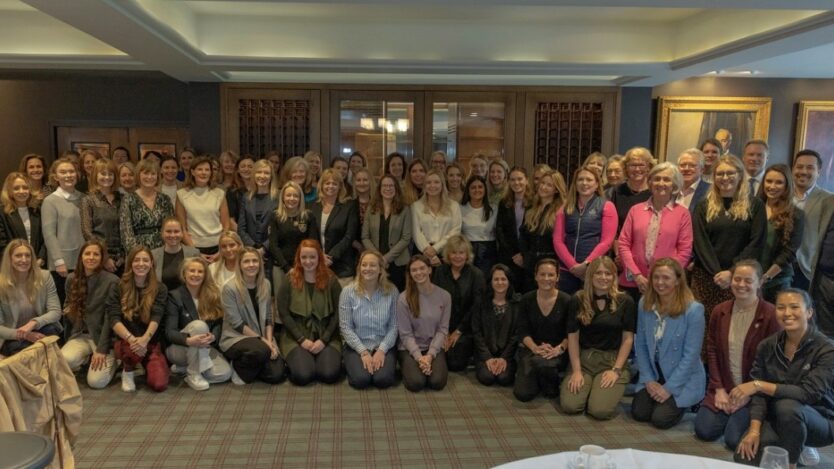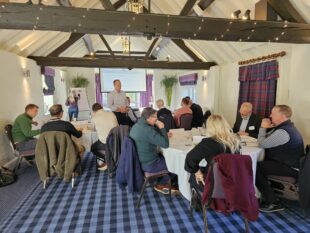How can we get more women playing golf, and showcase the successes of those doing great work in the industry? Walton Heath have been leading the way and GCMA Insights sat down with chief executive Alex Woodward to find out more…
This article is part of GCMA Insights – topical content for golf industry professionals, discussing the things that matter to those who work in golf clubs.
You might consider Walton Heath to be the epitome of traditional golf. A place where history and rules trump modernism. But it is dangerous to judge a book by its cover.
The Surrey venue may be the home of Kings and Prime Ministers, and treasured traditions remain important, but the former Ryder Cup venue has been making some progressive strides – and chief executive Alex Woodward and his team have been at the heart.
Women in Golf Charter members, the club recently staged a very successful female taster day in conjunction with the Muslim Golf Association and will be the epicentre of top professional golf in August when the AIG Women’s Open arrives.
Earlier this spring, Walton Heath also hosted a Women in Golf Summit which brought together more than 75 key stakeholders from across the industry to network, as well as highlight and showcase female leaders in the sport. Attendees included Vicky Cuming, the manager of Georgia Hall and Charley Hull, Sky Sports’ presenter Inci Mehmet, and AIG Women’s Open Championship Director Zoe Ridgway.
The club’s own female membership stands at more than 100, but Woodward is acutely aware of the barriers that remain for those looking to play golf in a conventional setting.
In the wake of that successful summit, GCMA Insights sat down with him to talk about developments at Walton Heath, how we might engage more women into the sport, and why we need to concentrate on introducing people to playing rather than obsessing about whether they will become members…
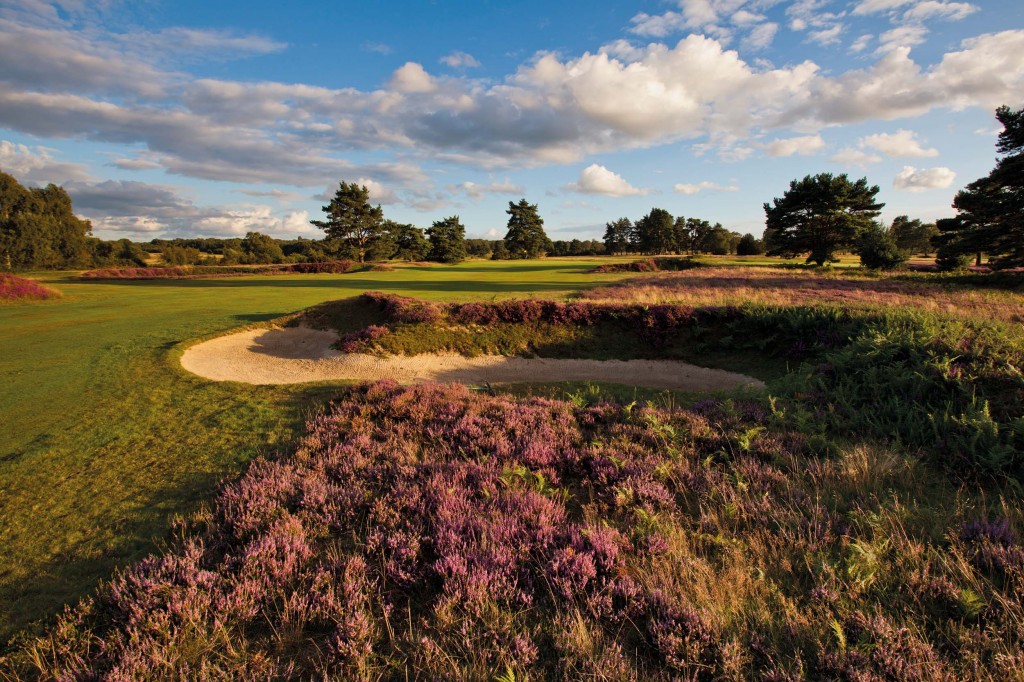
People have an image of what Walton Heath is like as a club, but you’ve often said that isn’t truly representative of the institution at large…
Walton Heath is a progressive club and it’s not that elitist as far as its membership is concerned. There is a good socio-economic diversity among the actual members. They were the first club in Surrey to sign the Women in Golf Charter and it’s open and inclusive. It’s still progressing too.
In my opinion the industry woke up, about 10 or 12 years ago, to needing more women members but also that the average age of those members was too high.
At the clubs I’ve managed, and I believe as an industry as a whole, we’ve turned to our existing members for ideas about how we bring more women into the game.
There have been some great successes and I believe the slide has now been stopped but we haven’t really accelerated this across the country.
We have over 100 women members at Walton Heath, which is above the average, but I really feel we now need to turn more to the women who work within the industry and also ask them what they think we need to do to attract more women golfers.
Get involved in the debate.
To join the GCMA, click here, or to organise a call with a member of the GCMA team, just complete the form below.
Catering for the working woman isn’t easy in a traditional club – given men’s tournaments tend to dominate weekends. It can’t really be a surprise that current membership structures might not be appealing to working women?
That’s a great example of the push and pull which we sit in. Personally, I always have a slight bias to those who are already members and they deserve every respect for their input and stance, taking great care to not alienate them when trying to challenge the status quo and open up the diversity of women within the membership. That is an important first thing to say. I care more about the existing women members, than any potential new ones because they are the one’s who are sustaining the current membership.
They are the ones supporting the game but, at the same time, we’ve also got to deliver them the message that they are not the only type of women’s golfer we are trying to attract. To grow women’s participation in a meaningful way we have to widen the net.
I believe that to get this meaningful growth we are not just looking for the ‘just like us’ identical person to our existing women members. We’ve got to broaden our appeal, and we’ve got to broaden our perception of what is and isn’t attractive to us.
Using competitions is a great example. I’ve read the study that a woman would have to take something like 30 to 35 days of annual leave to play a full competition schedule at most clubs and that’s been true of all three of my clubs.
But at the same time, if I turned round and said, ‘right, all ladies competitions are now on a Saturday and Sunday’, which element of the club do you think is going to be the most against this? I am sure it would be the existing women members who don’t want to play at the weekend.
I also have reservations that those women who can only really play at the weekends actually want a competition every week like the existing members who play one every Monday here at Walton Heath, every Thursday at Hankley Common, and every Tuesday at Boyce Hill. My instinct and admittedly limited research tells me they want fun, family, fitness and friendship the majority of the time. Not competition and cards in their hand.
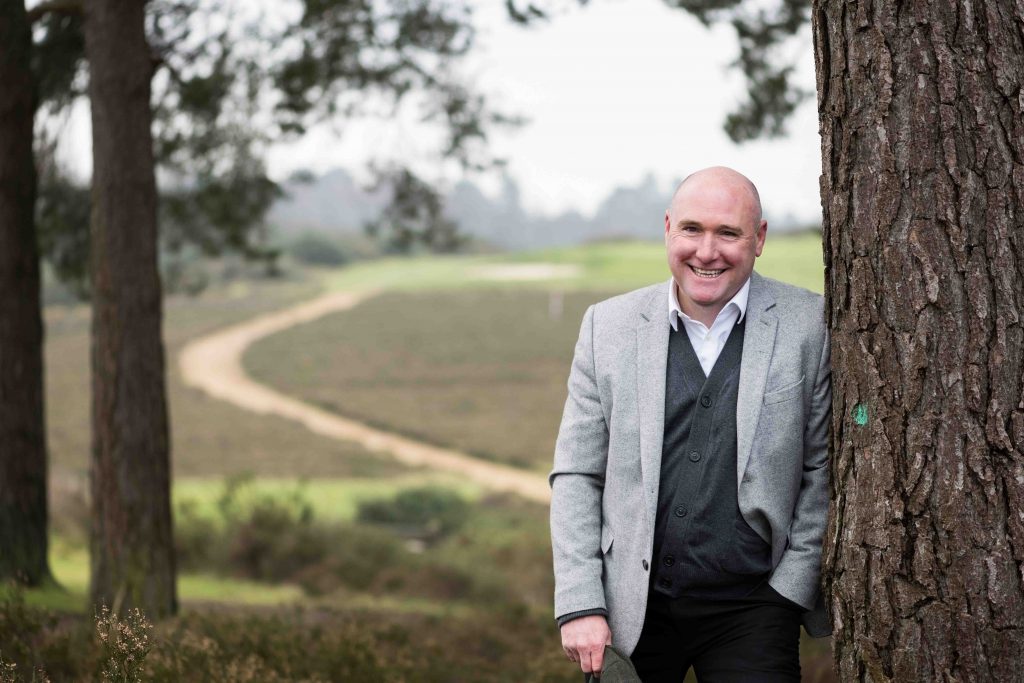
Is that sustainable?
It’s not sustainable if we don’t attract some of those working women now – even to dip their big toe in and be part of the club in some way. Our current demographic wants that competition. But for working women, whether they want competition or not is a big question mark for me.
Is it just being able to play with sons and daughters and grandparents and family members, general friends, and being able to bring work friends along to play for fun and exercise at times that fit within their current make up when they’re working full time?
I do not believe it is ‘I’m going to work all week and then I want a stringent competition at the weekend’. I don’t think that’s exactly what we should be providing. I don’t think that’s what they want.
I stress that this is what I think and is one of the questions I feel women in the golf industry are brilliantly placed to ponder, research and answer – especially if also an active golfer.
What do we need to do then to bring more women into the sport and into membership?
The overwhelming theme I work to is that if every club made it their duty to create golfers, regardless of where they become members, or even if they become members at all, we wouldn’t have our current problem.
We need to create women who see golf as fun and welcoming, not just about competitions and matches. As I just said, for me it is the four ‘Fs’ – fun, family, fitness and friendship.
We know without question that women do like to play golf, TopGolf, miniature golf and there is great gender diversity right across the board away from clubs.
But saying that you need to be in a lambswool jumper, dress in dark colours, play on the same day each week, or that we want to only recruit ladies that want to play in matches, isn’t enough. We need to preserve and provide some of this, while thinking about and then creating environments and opportunities outside this.
The woman who just wants to come and have fun with her husband and children, or friends, and get their step count up once a week on a weekend, share a bottle of rose at the end is every bit as welcome as the one that wants to play in every match, every competition going, and share half a sandwich. We need to cater for, and attract, both to grow materially.
As an industry, overall, I feel we just need to realise we need to create golfers, not just members. We need to give positive experiences. The rest will naturally fall into place if more women are attracted into the game and then they will look around at clubs which appeal to them.
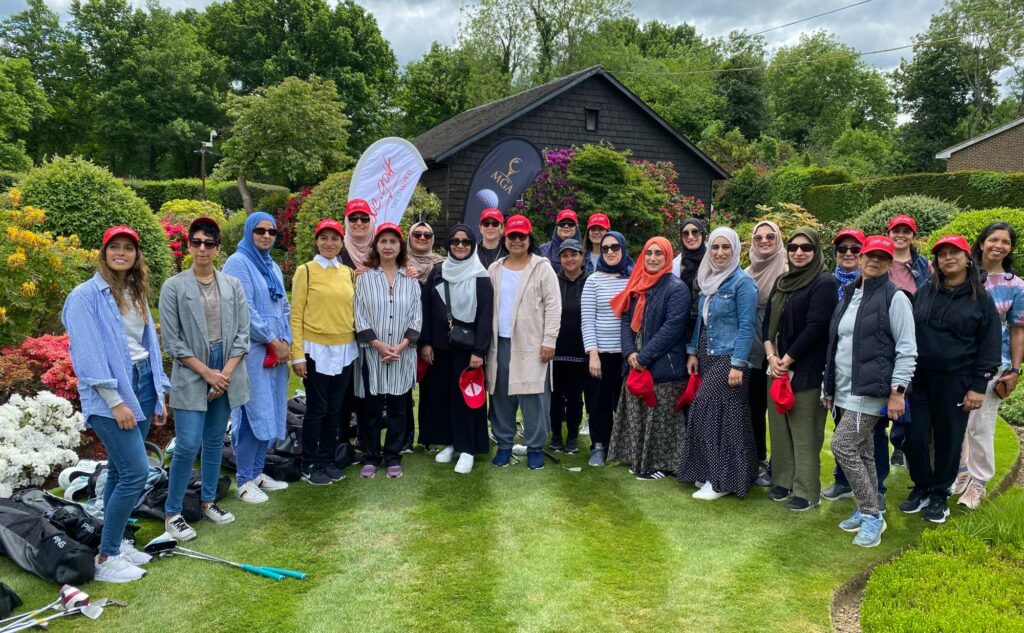
How does that relate for access to the course and, in particular, things like dress codes?
We need to give access to the facilities and crucially to the courses. No one falls in love with the game splitting the middle of the range. They need to split the middle of the fairway. They need to knock it on the green, hole the putt for their first par/bogey. They don’t need to hit the pin on the range.
It’s a delicate balance but there’s the perception that they are not course ready. I do not like this much. Stand on the first tee and watch the tee shots on most corporate days and tell me if it looks like they are “course ready”. They’re never going to fall in love with that game. Then we are asking them to to invest a few hundred pounds to get going, before they ever split the fairway, or middle one onto the green. That is too big an ask for me.
I’m told by Joanne Taylor, one of our terrific professionals, that one of the first big moments is buying their first golf outfit, or first pair of shoes. She is also great at getting women onto the course and making sure that they do so in a way that is fun and not detrimental to the other golfers out there. Our PGA professionals play a crucial role here.
But until then, while they are tasting it, just use your trainers and sports clothes. That bucks against the traditions that are there and that’s where Walton Heath is becoming more progressive.
We ask you to dress appropriately for the environment you are in. We don’t give you a long list of what you can’t wear. We had an influencer’s day, through Love.Golf, of non-golfers and some turned up in gym wear which didn’t go down well with some. The hard part here is we are trying to highlight the game for women who have never played before, but we say that even before they hit a ball on the range, they need to buy an outfit which conforms to others liking. It’s not going to work. Do you have the same to get on a bike? To play tennis or basketball at the local park? To go into a pilates or yoga class? You may get it wrong the first time but after that, people figure it out very quickly.
Our current approach is just to try and create golfers. We’re trying to introduce them to the game. Getting them to play Walton Heath is going to be a really hard place to learn because we have got heather and carries and it’s a challenging championship golf course.
But if they can get the bug here because, geographically, this is the best place for them to learn, then in 3 to 5 to 10 years, and the currently 25 to 35-year-old woman does get some more time back, we want them to think of golf as a sport where they can go and have some fun with friends and family and come in and open a bottle of Rose and sit on the terrace and enjoy the environment of a private members’ club.
Rather than coming in and thinking, ‘look at all of these honours’ boards and those amazing players’ who don’t look like me, or frankly don’t aspire to be.
Within the workplace, there is also the number of women who don’t get involved in corporate golf because they fear they’re not good enough.
Joanne said to me, ‘If I could have every working woman just come and stand, or sit on a bench, and watch the corporate men tee off for half an hour they’d realise that not everyone plays like they see on TV. They’re going to spray it and top it and knock it in the bushes and then laugh about it and not feel intimidated about it’. If we can get that across to women, I think that would help.
I feel that we’re doing much better than we think we are. But we’re not highlighting it enough.
WHY JOIN THE GCMA?
Membership of the GCMA unlocks a network of like-minded professionals, provides you with support in your professional and personal development, and provides you with a multitude of benefits. Whether that’s the tools that will help you to excel in your profession, or a wide range of services to support your wellbeing, signing up to the GCMA is joining a community.

Is that the key? Spreading those success stories? That’s certainly what your recent Women in Golf Summit tried to do…
How many people, let alone other women, out there know that the Tournament Director for the AIG Women’s Open is a woman, or that the course superintendent for Marco Simone, the Ryder Cup venue this year, is a woman?
The CEO of Wales Golf is a woman. A senior agronomist at STRI is a woman. The Chief Operating Officer at BIGGA is a woman. The manager of Charley Hull and Georgia Hall is a woman. The Resort Director at The Grove is a woman. The Deputy Chairman of the R&A Championship Committee is a woman.
There are some amazing success stories out there which need to be heard. Women are finding great careers in golf and are highly applauded for the work they are doing among their peers in the industry.
We need to make sure those stories are told, so we attract a whole new crop – that the 17-to-27-year-old women who love golf knows there’s journalism, club management, course management, player management, event management, hospitality, and other sectors within the golf industry they can pursue. And there are already the women there to see and inspire others to follow – the “see it to be it”.
I benefit hugely from a diverse senior leadership team. We have a senior leadership team of 11 and the gender split is about 50/50. My House Manager, F&B Manager and Head of Reception are all women. Marketing, sales, and societies are managed by a woman. We have Joanne Taylor in the pro shop as a fully qualified PGA professional. I am seeing first-hand the benefits of having a gender diverse senior leadership team on a day-to-day basis and encourage others to do the same.
This is where the development needs to come from – the greater prevalence of women working within the industry. But, as an industry, we need to highlight the huge contribution that’s already being made from those already inside it. Highlighting these amazing and successful leaders. This is what the Women in Golf Summit was all about.
It’s these kinds of things I think we really need to focus on and highlight. It is there, it’s just not quite got to a tipping point yet.
These are the small wins. I don’t think there’s a silver bullet. But the more we can do this, the more we can highlight these sorts of things, the more we’re going to benefit as an industry.
This article is part of GCMA Insights – topical content for golf industry professionals, discussing the things that matter to those who work in golf clubs.
Get involved in the debate. To join the GCMA, click here, or to organise a call with a member of the GCMA team, just complete this form and we’ll be in touch!
Enquiries
"*" indicates required fields
